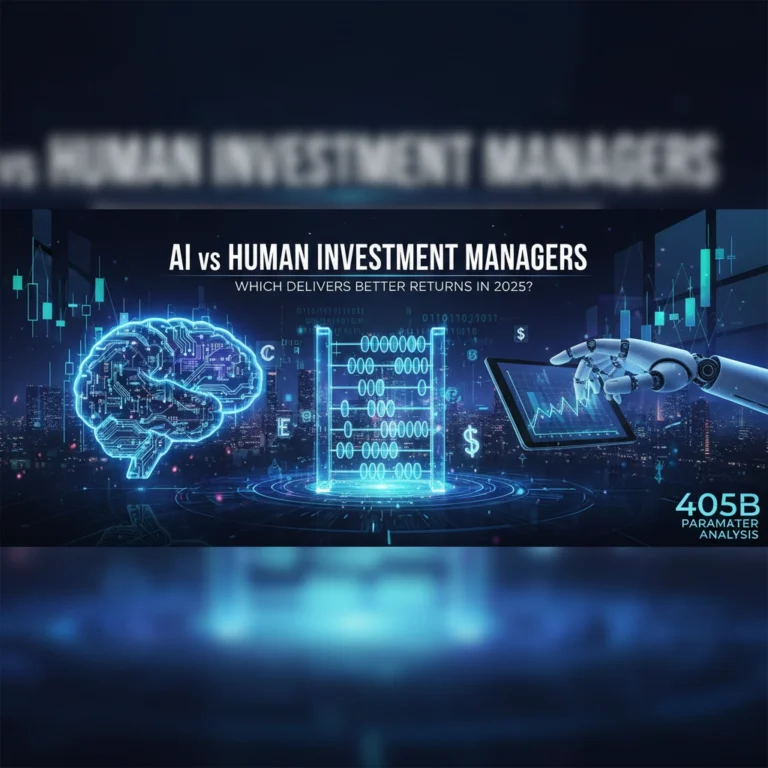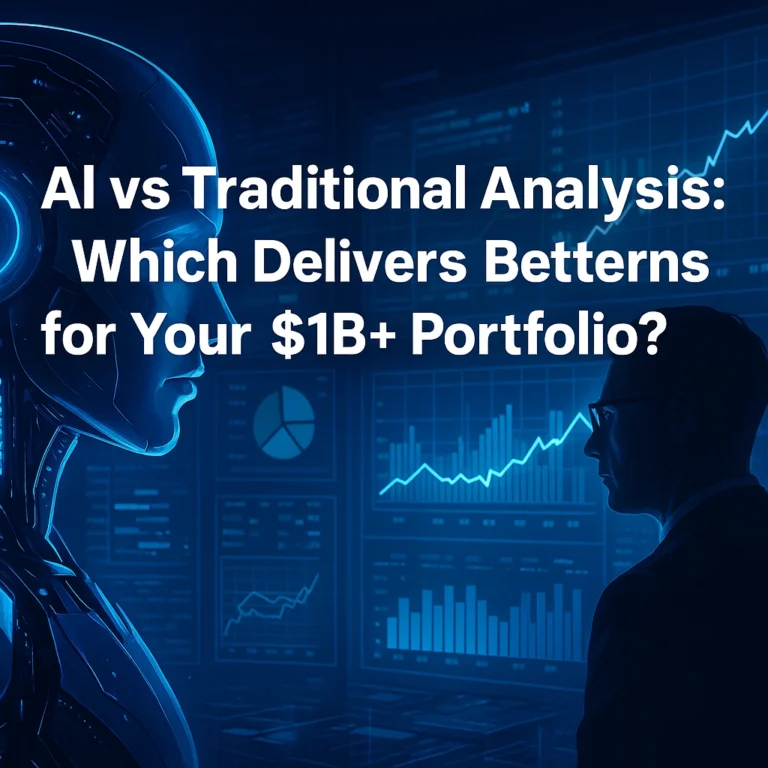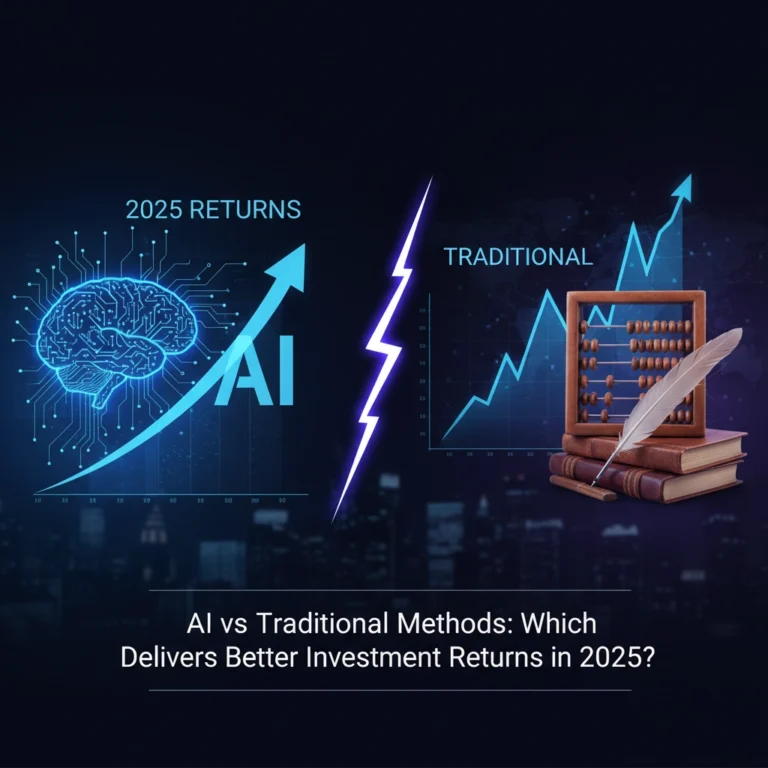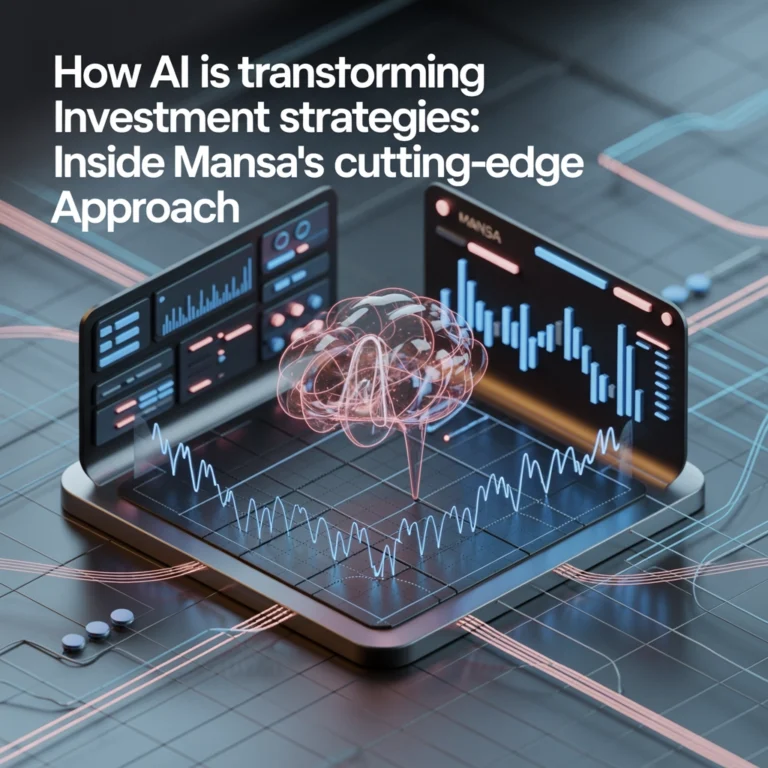AI Asset Management Secrets Revealed: What $1.8T Firms Don't Want You to Know
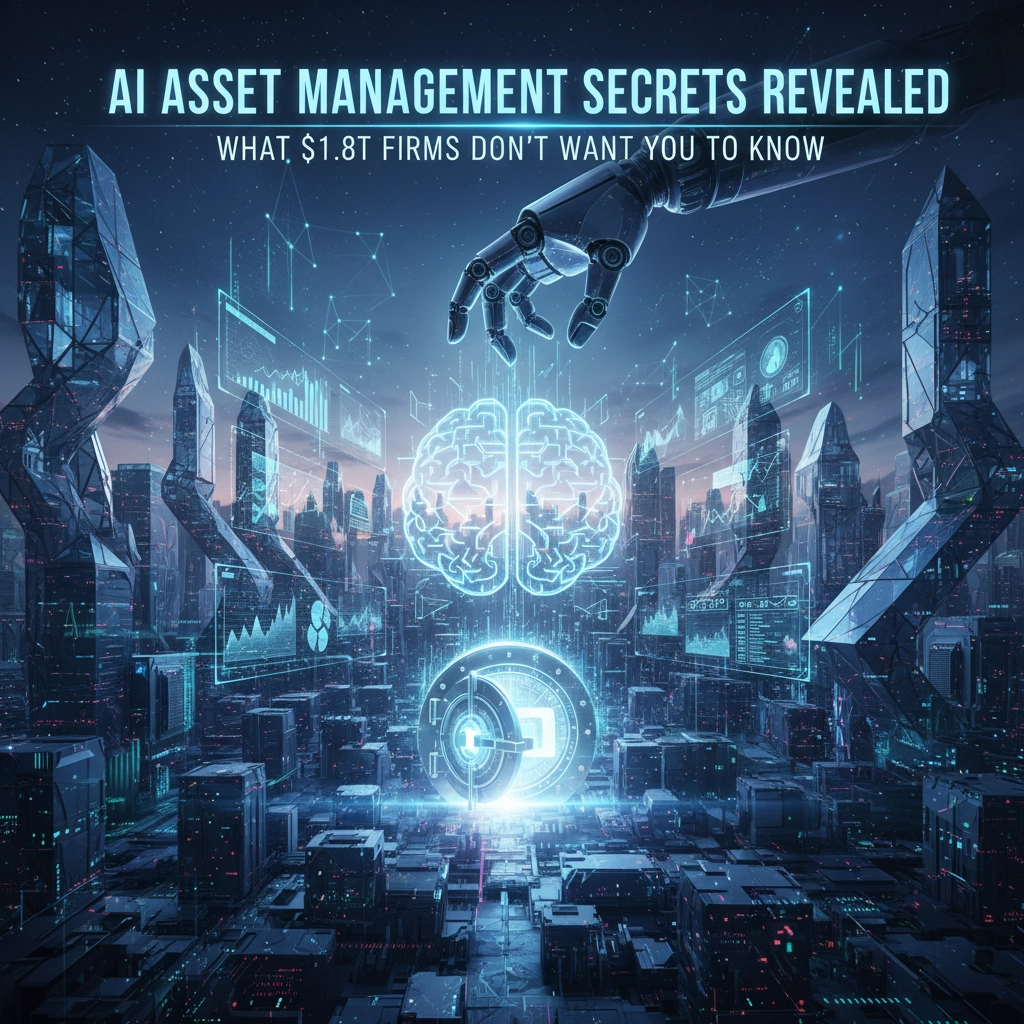
The asset management industry's biggest players are quietly revolutionizing how they operate, and the results are staggering. While most firms talk about AI adoption in generic terms, the reality is far more dramatic: and profitable: than anyone publicly admits.
After diving deep into industry data and internal reports, we've uncovered the specific strategies that $1.8 trillion asset managers use to generate outsized returns. Here's what they don't want their competitors (or clients) to know.
The Real Numbers Behind AI Investment
The numbers are more impressive than you think. AI adoption in asset management is exploding at a 26.92% compound annual growth rate through 2032. But here's what the headlines miss: a mid-sized firm with $500 billion in assets under management can capture 25-40% of their total cost base in efficiencies through AI-enabled workflow changes.
That's not just operational improvement: that's hundreds of millions in annual savings that flow directly to the bottom line. The largest firms are reinvesting these savings into even more sophisticated AI capabilities, creating a compounding advantage that smaller players struggle to match.

Secret #1: Generative AI Is Their Silent Workforce
While most firms experiment with ChatGPT for basic tasks, the billion-dollar players have built entire AI-powered research divisions. They're using generative AI to automatically create investment reports, conduct company analysis, and monitor thousands of data sources simultaneously.
The most advanced firms deploy "generative grid technology": systems that apply multiple AI prompts across hundreds of documents at once, organizing research at a scale no human team could match. This isn't just faster research; it's discovering patterns and connections that would take traditional analysts months to uncover.
These AI research assistants work 24/7, never get tired, and can process information in multiple languages. They're essentially running parallel investment teams that cost a fraction of human analysts while covering exponentially more ground.
Secret #2: Real-Time Risk Detection Creates Unfair Advantages
Here's where it gets interesting. The top-tier firms aren't just using AI for portfolio optimization: they've built real-time risk detection systems that identify market anomalies in milliseconds.
These systems can spot irregular trading patterns, detect market disruptions before they cascade, and identify fraud attempts faster than any human analyst. While other firms are still running weekly risk reports, the AI-powered players are adjusting positions and hedging risks in real-time.
The competitive advantage is enormous. When market volatility hits, these firms can react in minutes rather than hours or days. During the recent banking sector turbulence, AI-powered risk systems were flagging problems and suggesting position adjustments before most analysts even knew there was an issue.

Secret #3: Portfolio Construction Has Been Completely Reimagined
Traditional portfolio management follows established models and periodic rebalancing. The AI-powered firms have thrown that playbook out the window.
Their systems continuously optimize portfolios using predictive modeling, sentiment analysis, and quantitative techniques that process vast amounts of market data in real-time. Dynamic rebalancing happens constantly based on live market conditions, removing human bias and inefficiencies that traditional approaches can't avoid.
The result? These firms are achieving better risk-adjusted returns while simultaneously reducing operational costs. They're essentially running multiple investment strategies simultaneously, testing and optimizing approaches that would be impossible for human-managed portfolios.
Secret #4: Technology Budgets Reveal the Real Strategy
Here's a telling statistic: leading asset management firms are dedicating 70% of their technology budgets to business transformation initiatives, not just maintaining existing systems. This represents a fundamental shift from keeping the lights on to actively changing how the business operates.
The most sophisticated firms are implementing "agentic AI": systems that can operate with increasing autonomy, making complex decisions and executing trades based on predetermined parameters and real-time analysis. These aren't simple algorithmic trading systems; they're AI agents that can adapt their strategies based on changing market conditions.

Secret #5: Revenue Generation Goes Far Beyond Cost Savings
While everyone focuses on AI reducing costs, the real money is in revenue generation. The top firms are using AI to identify new investment opportunities, optimize fee structures, and develop personalized investment products at scale.
Their AI systems can analyze client behavior patterns, predict investment preferences, and suggest portfolio adjustments that increase client satisfaction and retention. They're also using AI to identify new client prospects and optimize their distribution strategies.
Enhanced data processing capabilities allow these firms to create new investment products faster than ever before. While traditional firms spend months developing new strategies, AI-powered firms can backtest, optimize, and launch new products in weeks.
Secret #6: Regulatory Navigation Becomes a Competitive Moat
Smart firms have turned regulatory compliance into a competitive advantage through AI. Automated compliance monitoring systems help them navigate complex regulations while reducing operational risk. But here's the kicker: they're being proactive about algorithmic transparency, building systems that can justify their decisions to regulators.
This proactive stance gives them advantages in client acquisition and regulatory relationships. While other firms worry about AI compliance, the leaders are setting the standards that everyone else will have to follow.
Secret #7: Human-AI Collaboration Creates Alpha
Contrary to fears about job displacement, the most successful firms have discovered that human-AI collaboration produces superior results to either approach alone. They're not replacing analysts: they're creating hybrid workflows that leverage human intuition and AI processing power.
Their best performers are analysts who've learned to work seamlessly with AI systems, using machine intelligence to process vast amounts of data while applying human judgment to interpret results and make final investment decisions.
The Bottom Line: It's Not Just Technology, It's Strategy
The $1.8 trillion firms aren't just adopting AI: they're fundamentally restructuring their entire operations around artificial intelligence capabilities. They're treating AI not as a tool but as a core business strategy that touches every aspect of their operations.
From research and portfolio construction to client management and regulatory compliance, AI is becoming the central nervous system of their organizations. The firms that master these technologies aren't just improving their current operations: they're building capabilities that will define competitive advantage for the next decade.
For institutional investors and sophisticated players looking to compete in this new landscape, the message is clear: AI adoption isn't optional anymore. The question isn't whether to implement these strategies, but how quickly you can catch up to firms that are already years ahead.
The revolution is happening now, and the early movers are building advantages that will be increasingly difficult to match. The secrets are out: the question is what you'll do with this knowledge.

